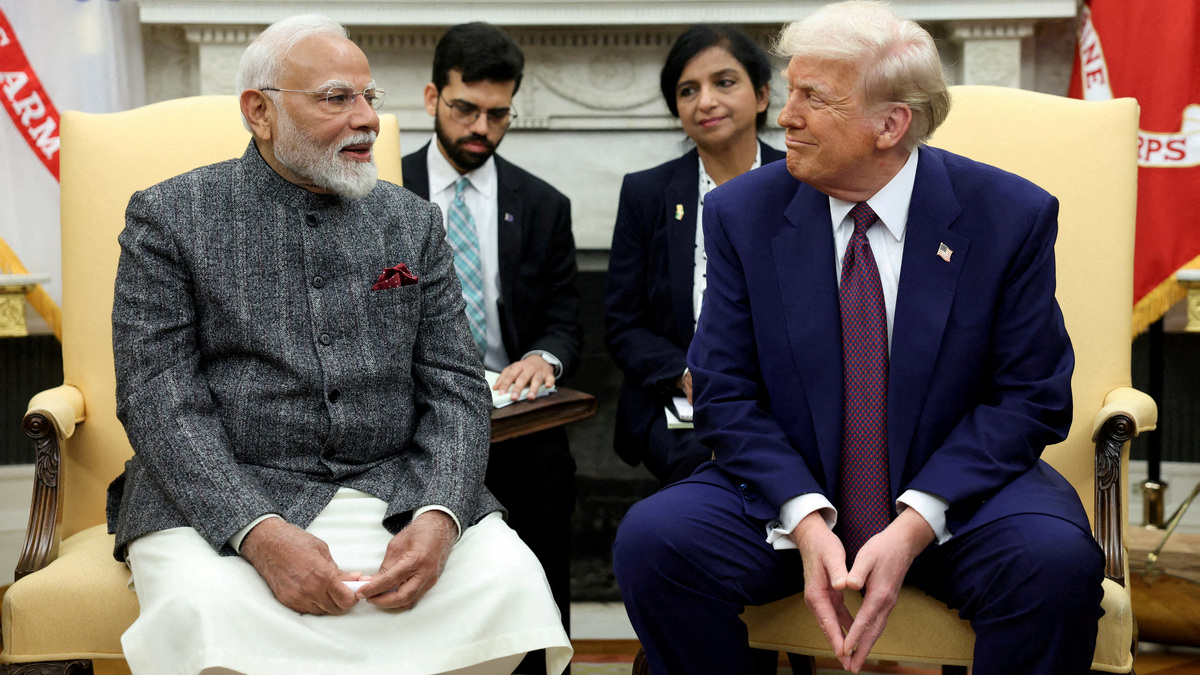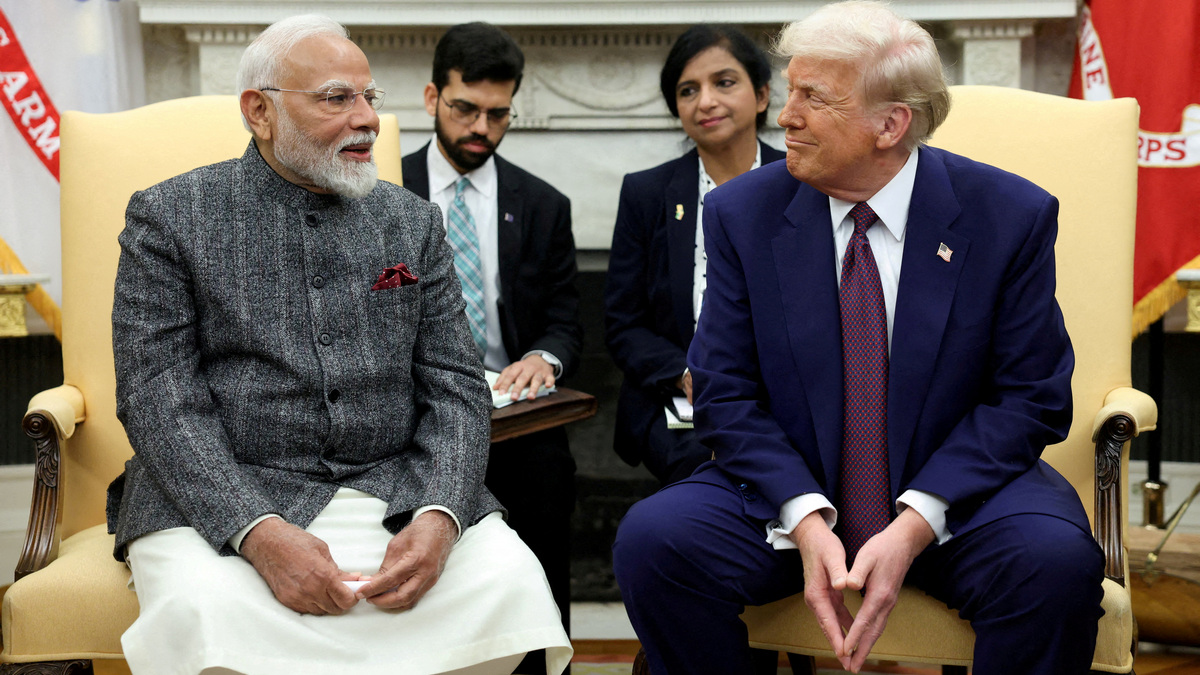There was a time in the not-so-recent past when India played to the level of their opponents. When they hemmed and hawed against ‘lesser’ teams, against sides ranked well below them who had no business running them close. That was attributed to a lack of killer instinct, to the absence of a certain ruthlessness that has been the hallmark of Australia, more than anyone else.
In the last few years, however, India have imbibed that unforgiving streak, one of the main reasons why they have lost just one game in the immediate three ICC events. They haven’t allowed outfits nowhere in the same league as them a foot in the door, decimating them like the champions they are without arrogance or smugness.
That hasn’t necessarily been the case in this T20 Asia Cup, where India have extended their winning run to five matches. They are the only team to have a perfect record; their CV includes wins on consecutive Sundays against Pakistan, a commanding victory in their opener against UAE, a not-so-convincing defeat of Oman on their trip to Abu Dhabi last week, and a 41-run rout of Bangladesh on Wednesday night that confirmed their place in the final on September 28.
India still searching for flawless campaign
To point to flows and lacunae during this behemothian run might appear to be nit-picking, but India will be the first to admit that they haven’t mounted a flawless campaign thus far. The complete performance that the inward-looking, internally driven units seek has yet to materialise. There are two ways of viewing that; without being at their absolute best, India have been head and shoulders above the opposition, or that there are certain chinks that the rest haven’t been able to exploit.
Contrary to popular perception, India haven’t been complacent or over-confident, let alone cocky and full of themselves. If anything, their errors have lent a human element to their march. Teams that turn up at their intimidating best day after day are sometimes bereft of drama and emotion; they resemble automatons, well-oiled machines without empathy, which perhaps makes them the all-conquering, unforgiving forces that they are. India have shown multiple frailties, especially when it comes to catching at a stadium notorious for being a challenging catching ground. How does one then resort to downright harshness when the margins of victory have been exemplary, when they possess an aura that has come to them organically but which they don’t exhibit with impunity?
Also Read | How India's fielding has gone from bad to worse in Asia Cup Super 4s and why it remains key area of concern
India’s gentle annihilation of the UAE was the perfect illustration of their ability to hit the ground running. Before September 10 when they crushed the home side by nine wickets with more than 15 overs to spare, India hadn’t played a Twenty20 International side since February 2. A lot of the players didn’t have match-play worth the name since the end of IPL 2025 in the first week of June. If they had portrayed rust, if they had taken time finding their feet, it would have been perfectly understandable.
Impact Shorts
More ShortsYet, India turned up full of beans, relishing the prospect of getting on the field as a collective under the leadership of Suryakumar Yadav. Since taking over from Rohit Sharma in July last year, Suryakumar has helmed a frighteningly efficient group that has lost just three games out of 25. His own batting doesn’t hold the same incandescence of his pre-captaincy days when he was ranked the No. 1 T20I batter for nearly two years. The 35-year-old has dropped down the pecking order considerably and currently occupies the No. 6 position while the top spot has been usurped by the effervescent Abhishek Sharma, batting like a dream and embracing the chutzpah and remorseless aggression that separates the extraordinarily good from the more than passable. But his bunch of warriors has more than made up for the captain’s indifferent form.
Which is why Oman and, to an extent Bangladesh, stick out as slightly sore thumbs. There are perfectly good reasons for the approach India adopted in those two games, which they still won by 21 and 41 runs respectively. Where India fell somewhat short is in the execution of their plans, which is why their approach might suggest a hint of over-confidence.
One doesn’t need to be a professional sportsperson to understand that complacency isn’t as prevalent as might be perceived. Professional pride is a huge factor that can’t be quantified. Even when a team is doing well, there will be individual parts that aren’t functioning at their optimal best. When the opportunity presents itself, like the Oman game did, they try and use it to iron out the kinks, to try out new tactics, to strike a balance between maintaining the momentum and ensuring that they make allowances for potentially challenging situations in the future, such as an injury in the later stages of the competition.
India’s fielding in this Asia Cup has been terrible—far below the standard of a No.1 team.
— Hemant Bhavsar (@hemantbhavsar86) September 24, 2025
Too many dropped catches! 🏏😬 #INDvsBAN pic.twitter.com/yDZGeFinET
Domineering display coming next?
Hence, the call to bat first, to rework their batting order beyond Abhishek and Shubman Gill, and to rest Jasprit Bumrah and Varun Chakravarthy so that Arshdeep Singh and Harshit Rana, the reserve pacers, got a run. In some ways, that worked; Sanju Samson, for instance, made the most of his elevation to the top order with a Player of the Match half-century, even though it wasn’t his most fluent effort. In other ways, it didn’t. The decision to get the reserves to bowl their full complement, to press into service Abhishek and Tilak Varma and to hold regular spinners Kuldeep Yadav and Axar Patel back didn’t exactly backfire, though it allowed unfancied Oman to make a brave fist of it.
Through Aamir Kaleem, their 43-year-old opener, and Hammad Mirza, the Omanis did run their more illustrious colleagues close, though the result was never in any doubt. Nor was that the case on Wednesday against Bangladesh, when India threw away a grand start to score just 56 runs in the last nine overs and then dropped Saif Hassan four times – in all, they shelled five catches – despite which Bangladesh weren’t ever in the chase.
There can be no excuse for scoring at only six an over for nearly half the innings when the first 11 produced 112. Perhaps, it might be said that Abhishek’s fluency masked the slowness of a two-paced surface, but a run rate of six an over with eight wickets in hand still hardly makes sense, no matter how many questions the pitch might have posed and how well the Bangladeshis bowled. What was glaring was the middle order’s inability to even rotate strike; to push Samson down to No. 8 was also slightly hard to understand, though one suspects the thinking behind it was to give the others a chance to find some runs and form.
India’s bowling was spot-on, perhaps their best effort since their group fixture against Pakistan, with both Bumrah and Chakravarthy regaining rhythm and penetration, though their catching left a lot to be desired. India have shelled ten catches in their two Super Four fixtures, both at the DICS. Clearly, it is not on purpose and the low lights that ring the stadium have posed problems that can’t be easily and immediately overcome because teams haven’t been able to practice at the match venue since the start of the tournament. But top dogs don’t look for excuses, and India aren’t.
They must be embarrassed, if not ashamed, at their catching, more than anything else. Generally, that is followed by a domineering, steamrollering display. What will Friday against Sri Lanka, in a low-stakes match, bring?


)

)
)
)
)
)
)
)
)



